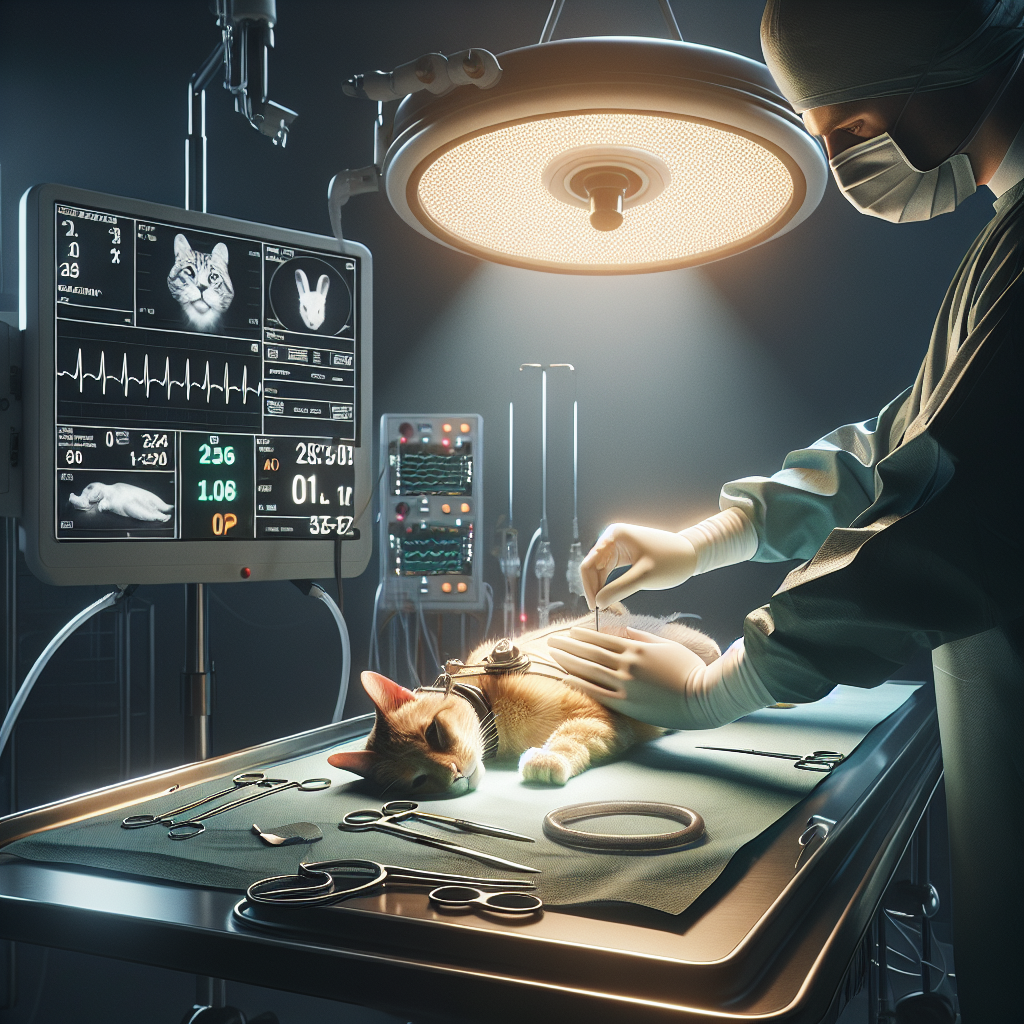The Ultimate Guide to Veterinary Anesthesia Monitoring Sheets: Essential Templates for Every Species4 min read

Ensuring your veterinary patients remain safe and stable during anesthesia is critical. Having the right anesthesia monitoring sheets tailored to each species is key to effective patient care. This guide provides a comprehensive set of species-specific anesthesia monitoring templates, covering essential parameters and monitoring requirements for every veterinary patient.
Why Species-Specific Anesthesia Monitoring Sheets Matter
Different animal species have unique physiological needs that must be accounted for during anesthesia. Using generic monitoring sheets can lead to critical details being overlooked. Species-specific anesthesia monitoring templates ensure you are tracking the right vital signs, sedation levels, and recovery parameters for each patient.
By using tailored monitoring sheets, you can:
- Improve patient safety by tracking species-specific normal ranges
- Standardize anesthesia recordkeeping for consistent care
- Quickly identify concerning trends or changes in vital signs
- Optimize sedation and pain control based on species needs
Investing in species-specific templates is a simple way to elevate your anesthesia monitoring and documentation.
Essential Components of Veterinary Anesthesia Monitoring Sheets
While each species’ monitoring sheet will have unique elements, there are several universal components to include:
Patient Information
- Species, breed, age, sex, weight
- Procedure and anesthetic protocol
- Emergency contact information
Vital Signs
- Heart rate and rhythm
- Respiratory rate and pattern
- Blood pressure (systolic, diastolic, mean)
- Temperature
- Mucous membrane color and capillary refill time
Anesthetic Agent Administration
- Drug names, dosages, and routes
- Time of administration for induction and maintenance agents
Fluid Therapy and Supportive Care
- Type and rate of IV fluids
- Additional medications or treatments
By including these core elements, your anesthesia sheets will document essential data to guide patient care decisions.
Monitoring Tips for Common Veterinary Species
Consider these key points when monitoring anesthesia in different species:
Canine and Feline
- Normal heart rate: 60-140 bpm in dogs, 120-240 bpm in cats
- Normal respiratory rate: 10-30 breaths per minute
- Goal blood pressure: Mean arterial pressure (MAP) >60 mmHg
- Common complications: Hypothermia, hypotension, hypoventilation
Equine
- Normal heart rate: 28-40 bpm
- Normal respiratory rate: 10-14 breaths per minute
- Blood pressure monitoring via direct arterial line often used
- Careful padding and positioning is critical
Avian and Exotic
- Widely variable normal vitals based on species
- Monitoring often limited to heart rate, respiratory rate, temp
- Extremely sensitive to hypothermia and fluid overload
- Specialized exotic monitoring equipment is ideal when available
Tailor your monitoring approach to each species’ unique needs for optimal anesthesia management and recovery.
Implementing Effective Anesthesia Recovery Monitoring
Comprehensive recovery monitoring is essential for a smooth anesthetic recovery. Your monitoring sheets should provide space to track:
Recovery Vital Signs
- Heart rate, respiratory rate, temperature, blood pressure
- Comparing to normal values for each species
Pain Assessment
- Species-specific pain scales (Colorado Equine Scale, etc.)
- Analgesic drug names, dosages, routes, and times
Behavioral Monitoring
- Level of alertness and responsiveness
- Ability to maintain sternal position or stand
- Additional recovery support interventions as needed
Thorough recovery monitoring helps prevent post-anesthetic complications and promotes a rapid return to normal function for veterinary patients.
Frequently Asked Questions
How often should vitals be recorded during anesthesia?
The frequency of recording vitals will vary based on patient status and anesthetic phase. In general, vitals should be documented at least every 5 minutes during induction and recovery, and every 15-30 minutes during stable anesthesia maintenance.
What is the most important vital sign to monitor under anesthesia?
Blood pressure is one of the most critical parameters, as hypotension can lead to inadequate tissue perfusion. However, heart rate, ECG, respiratory rate, and temperature should also be continuously monitored and supported.
How do I select the right size monitoring equipment for each species?
Using the patient’s weight and species-specific guidelines, select appropriate sizes for ETT, IV catheters, BP cuffs, ECG leads, and other anesthesia equipment. Having multiple sizes on hand for each species is ideal.
Conclusion
Implementing species-specific anesthesia monitoring sheets is a critical step in providing exceptional veterinary care. By utilizing templates tailored to each species’ unique physiology and monitoring needs, you can optimize anesthetic safety and recovery for every patient.
From dogs and cats to horses and exotics, having the right monitoring parameters and documentation tools is essential. Equipped with these comprehensive templates and monitoring tips, you can elevate your anesthesia protocols and record-keeping.
Prioritizing detailed, species-specific anesthesia monitoring is key to achieving the best possible outcomes for your veterinary patients. Implement these tailored templates today to streamline your anesthesia care and documentation.
